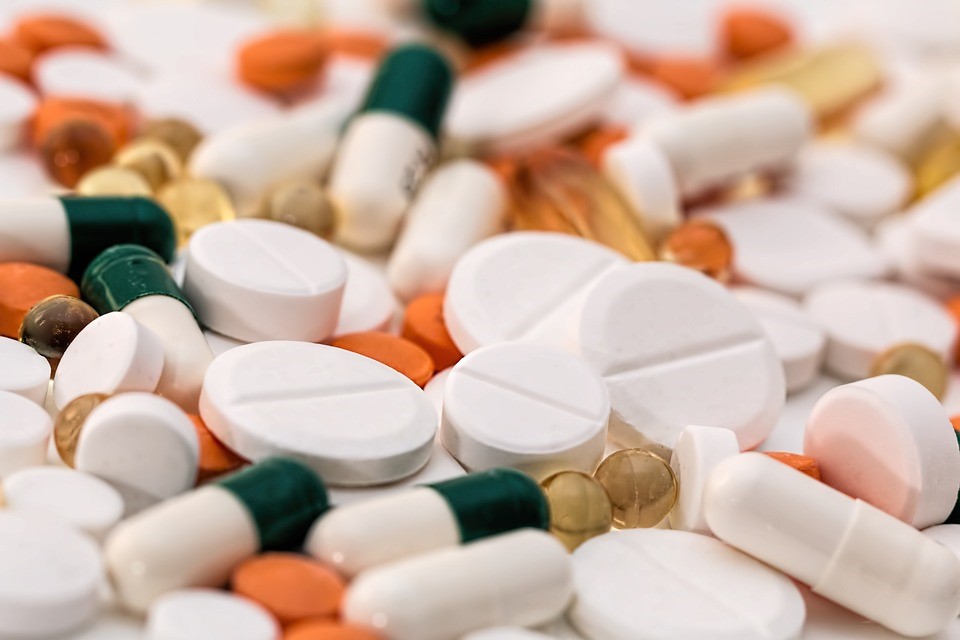
@ShahidNShah


API (Active Pharmaceutical Ingredient) drug substance development is at the heart of pharmaceutical manufacturing, as it involves the creation of the essential compounds responsible for a medication’s therapeutic effects. This complex and multi-step process encompasses discovery, synthesis, and optimization to ensure safety, efficacy, and scalability. Among the many stages involved, API synthesis plays a pivotal role in determining the quality and performance of the final drug product.
API drug substance development refers to the process of designing and manufacturing the active components of a pharmaceutical drug. These ingredients are chemically or biologically active substances that interact with the body to treat, cure, or prevent diseases. The process involves intricate steps that range from initial molecule discovery to large-scale production, ensuring compliance with regulatory requirements and industry standards.
API synthesis is a cornerstone of drug substance development, as it involves the chemical reactions and processes required to create the active ingredient. This phase demands precise control and innovation to:
The journey begins with identifying and designing a molecule with potential therapeutic effects. Advanced computational tools and screening techniques help researchers select candidates with the best efficacy and safety profiles.
Once the molecule is identified, scientists develop a synthetic pathway to produce the API. This involves:
After the initial synthesis, the process is refined to improve scalability, efficiency, and environmental sustainability. This step ensures that the API can be manufactured at a commercial scale without compromising quality.
Comprehensive testing ensures that the API meets stringent quality standards. Analytical methods such as spectroscopy, chromatography, and mass spectrometry are used to verify:
API development must adhere to regulatory guidelines set by authorities like the FDA, EMA, and ICH. Documentation, validation, and adherence to Good Manufacturing Practices (GMP) are essential for approval.
Despite its importance, API drug substance development faces several challenges:
As the pharmaceutical industry evolves, several trends are shaping the future of API drug substance development:
API drug substance development is a critical and intricate process that underpins the pharmaceutical industry. At its core, API synthesis drives the creation of high-quality, effective, and safe active ingredients that form the basis of life-saving medications. By embracing innovation, sustainability, and advanced technologies, pharmaceutical companies can continue to meet the growing demands of healthcare while ensuring compliance and quality.

Chief Editor - Medigy & HealthcareGuys.
Impower therapists love the ambient listening technology, its COO reports. Artificial intelligence is helping them produce more clinically detailed notes, better comply with documentation submission …
Posted Jan 28, 2025 Telepsychiatry Artificial Intelligence
Connecting innovation decision makers to authoritative information, institutions, people and insights.
Medigy accurately delivers healthcare and technology information, news and insight from around the world.
Medigy surfaces the world's best crowdsourced health tech offerings with social interactions and peer reviews.
© 2025 Netspective Foundation, Inc. All Rights Reserved.
Built on Apr 17, 2025 at 6:07am